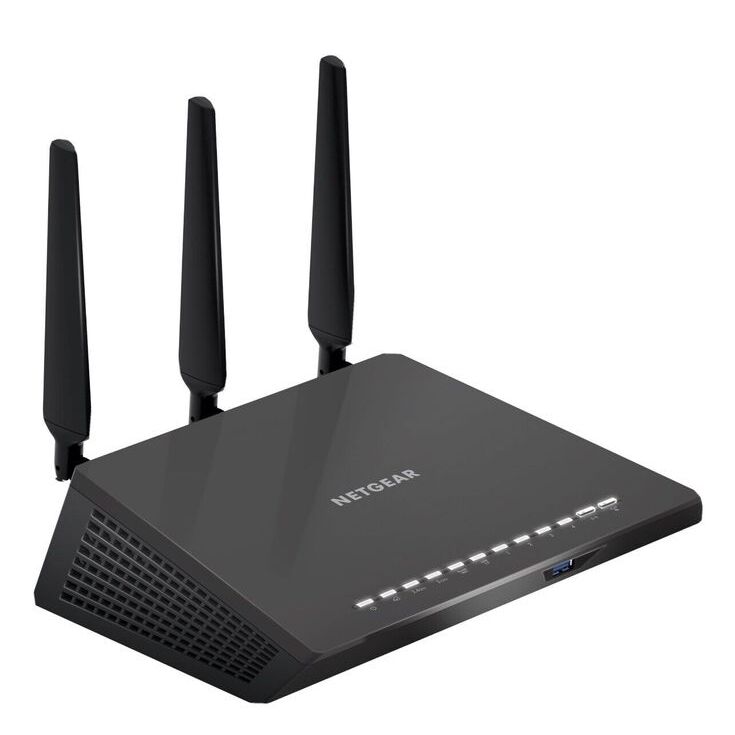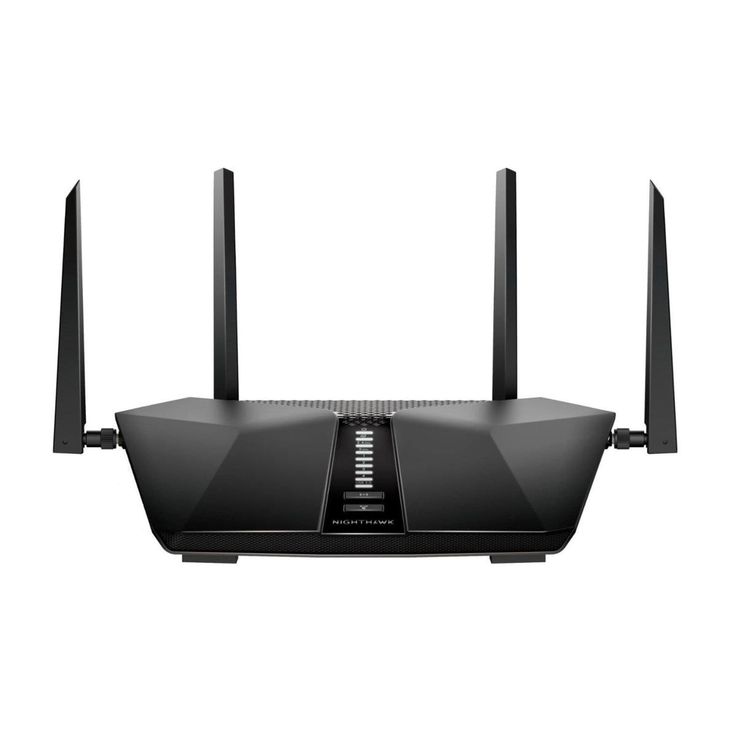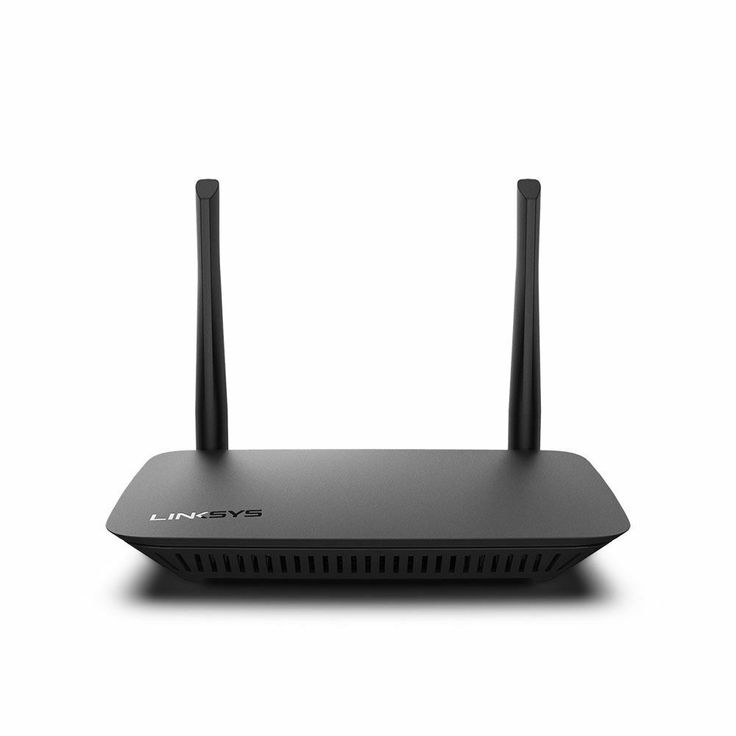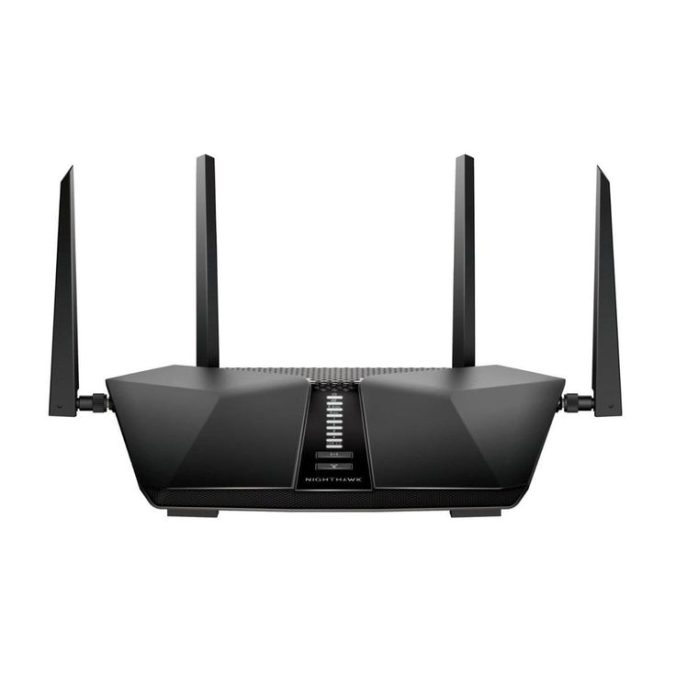Importance of Router Placement
Choosing the best location for wifi router is crucial for ensuring optimal performance. The position of your router greatly influences the reliability and reach of your Wi-Fi network. When placed wisely, a router can provide strong connectivity throughout your living space, making it easier for all devices to access the internet efficiently.
A good spot ensures strong performance across the home. This can help avoid common issues such as weak signals or frequent dropped connections, which can be frustrating for users. In this discussion, we will delve into how router placement affects your overall Wi-Fi experience and explore effective strategies to sidestep dead zones, ensuring seamless internet access in every corner of your home.

How Router Location Affects Wi-Fi Signal
The router’s location can make or break your Wi-Fi experience. A central spot can cover more area, giving better service. High places increase the router’s range, while spots away from electronics reduce signal interference. Avoiding obstructions, like thick walls, can prevent signal loss. Detailed positioning takes these factors into account for the best results.
Avoiding Wi-Fi Dead Zones
Dead zones are areas where Wi-Fi doesn’t reach well. To avoid them, consider placing your router centrally. Keep it elevated to dodge blockage from furniture. Stay clear of metal appliances and mirrors that might deflect signals. Sometimes, signal extenders or mesh networks can solve dead zone issues in large or complex homes.
Key Considerations for Placement
Finding the optimal location for your Wi-Fi router is crucial for ensuring a strong and consistent signal throughout your home. Here are some key factors to keep in mind when deciding where to place your router.
Analyzing Home Layout and Signal Obstacles
Understanding your home’s layout is the first step in effective router placement. Take note of the following:
- Walls and Barriers: Thick walls, especially those made of concrete or brick, can significantly impede Wi-Fi signals. Ideally, place the router in an area where fewer walls obstruct the path to your devices.
- Large Furniture: Items such as bookshelves, cabinets, and entertainment centers can absorb or block signals. Keep the router clear of these obstructions to maximize its coverage.
- Metal Objects: Metal can reflect and absorb signals, so avoid placing the router near large metal appliances like refrigerators or file cabinets.
Selecting the Best Room for Your Router
Choosing the right room for your router is essential for optimal performance.
- Central Location: A centrally located room allows for the best distribution of your Wi-Fi signal throughout your home. Rooms such as living rooms or home offices are often ideal.
- Avoid Corners and Closets: Placing the router in a corner or a closet can confine its signal to a restricted area, making it hard for devices situated farther away to maintain a good connection. Open spaces yield better results.
Router Placement in Multi-Storey Homes
For homes spanning multiple floors, special considerations are necessary to ensure strong coverage on all levels.
- High Placement: Place your router high on the first floor or low on the second floor. This positioning aids in distributing the signal vertically throughout the home.
- Avoiding the Basement: Do not place the router in the basement. Signals radiate downward and may struggle to reach upper floors, leading to weak connectivity where it’s needed most.
By considering these factors, you can significantly enhance your Wi-Fi performance, ensuring a reliable connection for all your devices across your home.

Tips for Optimizing Router Location
Optimizing your router’s location boosts Wi-Fi performance. Let’s explore how.
Elevating Your Router for Improved Coverage
Place your router higher to extend its range. Use shelves or wall mounts for elevation. This approach avoids large furniture that could block signals.
Minimizing Interference from Household Appliances
Keep routers away from microwaves and TVs. These can disrupt your Wi-Fi signal. Choose spots distant from such electronics for the best location for wifi router.
Strategic Placement to Avoid Physical Obstructions
Find clear paths for your Wi-Fi signal. Position the router where walls and big objects don’t block its path. A spot with minimal obstructions ensures stronger connections.
Additional Tools for Enhanced Performance
Enhanced Wi-Fi performance may require more than optimal router placement. Tools like Wi-Fi extenders, mesh networks, and Ethernet connections can bolster your Wi-Fi coverage and quality, especially in challenging home layouts.
Utilizing Wi-Fi Extenders
Wi-Fi extenders, also known as repeaters, boost the reach of your Wi-Fi signal. They pick up the signal from your router and rebroadcast it. This increases the signal’s reach to distant corners of your home. Ideal for larger areas, extenders can help eliminate dead zones without rearranging your entire setup. Remember, placement is crucial. Set extenders where your Wi-Fi begins to weaken but before it entirely fades.
The Role of Mesh Networks in Larger Homes
For extensive or multi-storey homes, a mesh network is highly effective. This system involves multiple router-like devices spread around your home. These devices work together to cover a wide area under a single network. Unlike extenders, mesh networks use the same network name and password. This seamless connection ensures no manual switching is needed as you move throughout your home.
Using Ethernet Connections in Dead Zones
Sometimes, certain areas in a home can’t sustain a stable Wi-Fi connection due to thick walls or other big obstructions. In these cases, using Ethernet cables is a reliable alternative. Direct connections with Ethernet ensure the utmost stability and speed, essential for activities like gaming or HD streaming. Position your router in a central location and then run Ethernet cables to the dead zones. This method bypasses physical barriers effectively.

Frequently Asked Questions
How to Relocate Your Router for Better Performance
Moving your router can boost your Wi-Fi. First, find a central spot free from obstructions. Elevate it on a shelf to extend the signal range. Keep it clear of electronics like microwaves that cause interference. If on multiple floors, place it near the ceiling or floor to cover both levels. Connect extra devices with Ethernet cables to enhance coverage.
Choosing Between Different Router Types
Decide on a router based on your home’s size. A stand-alone router suits small spaces best. Larger homes may need mesh networks for widespread coverage. Use extenders to reach spots your router can’t cover. Check router specs for range and features that fit your internet needs.
Adjustments for Different Types of Homes
For multi-storey homes, central placement helps spread the Wi-Fi. In homes with thicker walls, mesh networks or Ethernet cables work well. For long homes, consider placing extenders strategically. Check for obstructions and interference sources when deciding on router position.
Final Thoughts
As we wrap up, let’s recap the key points for optimal router placement. Implementing these strategies will help enhance your Wi-Fi network’s reach and stability.
Summarizing Best Practices for Router Placement
To achieve the best Wi-Fi performance, remember these tips:
- Place your router in a central location for even coverage.
- Keep the router elevated off the floor to improve its range.
- Avoid physical obstructions like walls and large furniture.
- Steer clear of electronics that can interfere with the signal.
- Use Wi-Fi extenders, mesh networks, or Ethernet cables as needed.
Following these guidelines ensures a strong, reliable Wi-Fi connection in every room.
Long-Term Benefits of Optimal Router Positioning
When you choose the best location for wifi router, you invest in your network’s future. Here are the lasting advantages:
- Consistent and quick internet access in your entire home.
- Fewer dead zones, meaning seamless online experiences.
- Reduced interference, leading to stable connectivity.
- The potential for lower stress, with less troubleshooting needed.
By considering home layout, signal obstacles, and supplementing with the right tools, you can enjoy robust Wi-Fi performance for years to come.
